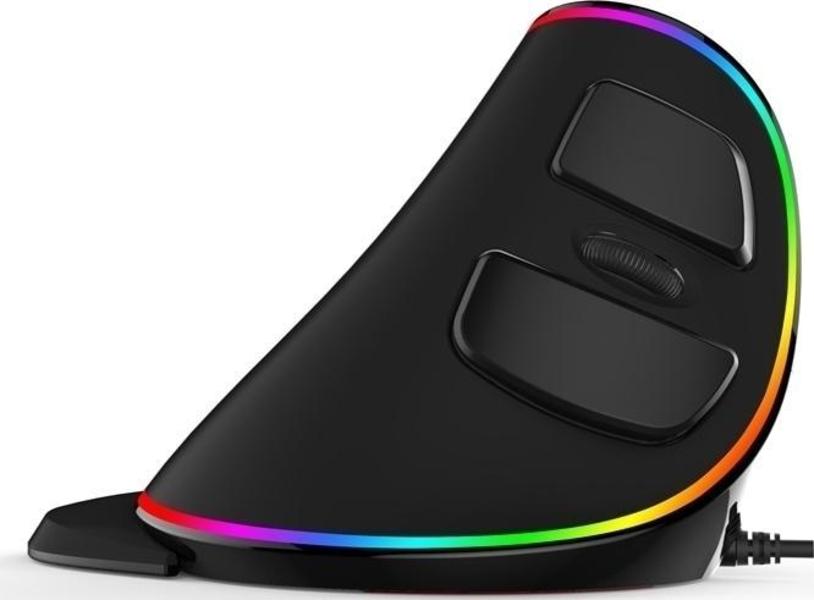
Nothing should be forced if you have to use more effort than normal, you should take the mouse apart and check for anything causing hang-ups with reassembly. If you have to force something, then you are probably doing it wrong. Everything should go back together easily. Cheaper and lower density foam will most likely work but may not fully dampen the sound from the switch.Īssemble everything in the reverse order of removal. When compressed inside the switch, the memory foam sandwiches the metal contact tab and fully dampens the sound of contact between metal tab and the plastic body of the switch. It also has a tighter density than cheaper foam. Memory foam is used because it stays true to its shape longer than cheap foam. I have pretty good eyesight, but if you don't, then you will probably appreciate having a magnifying tool handy. Magnifying lenses (if needed): I did not need any magnification lenses to do this project except when I was taking some of the pictures for the tutorial.A hard foam such as Styrofoam will not work! It must be soft but snap back into place like memory foam does. I used my memory foam from a piece cut from an old Tempur-Pedic Memory Foam Pillow. A similar material may be used if you do not have access to any memory foam. Without this, it will not work correctly. Small piece of high-grade memory foam or similar material: This is the most important piece of making the mouse clicks silent.A sharp razor blade can be carefully used in place of scissors if you do not have any. It will need to be accurately cut in order to work correctly. You should use the best pair you can get a hold of as this is a very small piece of foam we are cutting. Scissors: This is for cutting the foam we will be putting inside the mouse switch.Small tweezers or needle-nose pliers: Personally, I can work on very small devices without the use of tools such as tweezers or needle-nose pliers, but for this project, you will most likely need them.Ideally, an anti-static worktable setup would be ideal, but it is not necessary if adequate care is taken. Flat working surface with good lighting: Preferably something away from any electrical devices since we are working on internal components of an electronic device.Always use caution when using sharp blades or objects with your hands. Small flat blade: Either a razor blade, small pocket knife, or a thin metal paint spatula would work.This may be all that you need but be prepared to run into a special screw head that requires a different screwdriver bit to remove. I used a small Phillips head screwdriver to remove all screws required. Screwdriver(s) for removing mouse cover and internal parts if required.Mouse: You will need a loud, clicking mouse, of course.The only difference will be your mouse no longer producing disruptive clicks. The mouse will still have the same resistance as before, and it will still be just as easy to click. The method used in this tutorial, assuming it is correctly done, will not affect the performance of your mouse buttons.


This DIY tutorial will effectively silence the clicks in most current mouse devices.


 0 kommentar(er)
0 kommentar(er)
